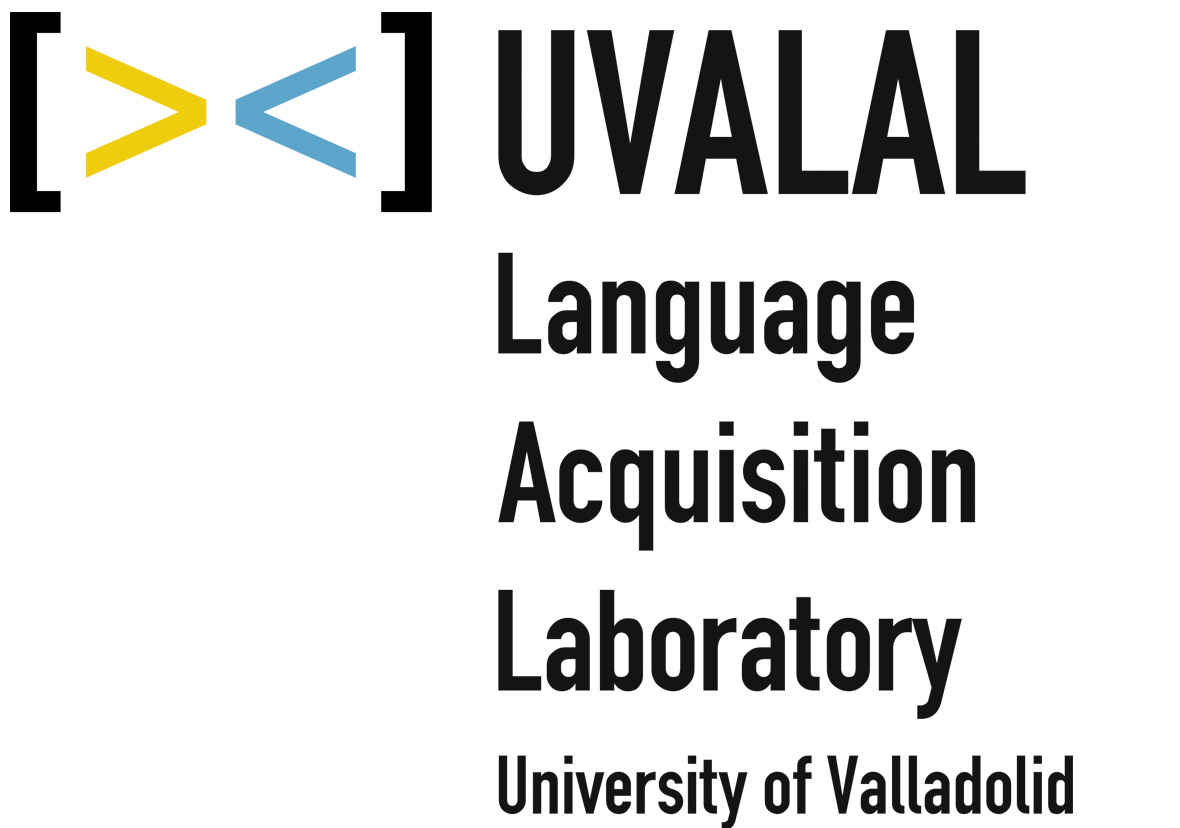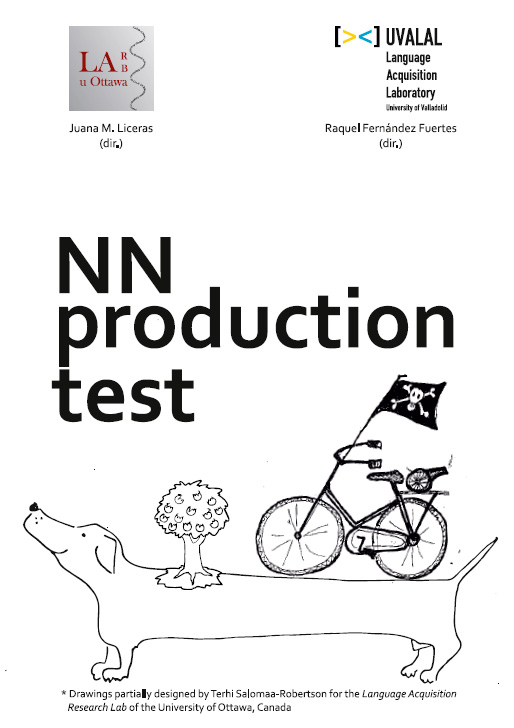
NN compounds
- test: participants have to describe 25 pictures that favour the production of NN (Noun + Noun) compounds
- implementation: offline
- languages: English, Spanish
- participants
children: 201 (L1 Spanish-L2 English); 10 (L1 Spanish-heritage English)
adults: 106 (L1 Spanish-L2 English); 97 (L1 English, control); 79 (2L1 French-English) - objective: analysis of the NN compound production in English and in Spanish with special emphasis on word order between the two nouns and on gender marking
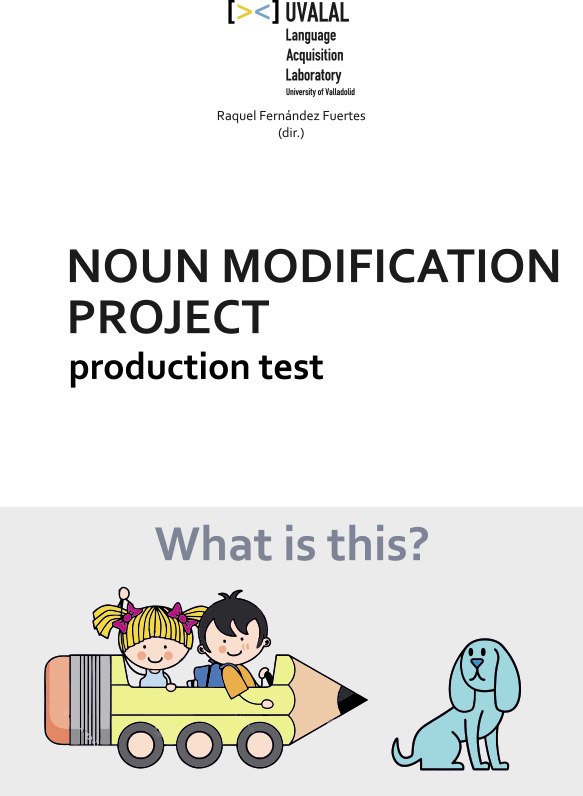
N modification (1)
- test: participants have to describe 24 pictures that favor the production of nouns pre-modified by another noun (NN compounds) and nouns pre-modified by an adjective (Adj+N combinations)
- implementation: offline (pen-and-paper); 3-year longitudinal data
- language: English
- participants
children: 96 (L1 Spanish-L2 English); 11 (L1 English, control) - objective: to analyze word-order issues within the determiner phrase involving NN compounds and Adj+N combinations; to address potential crosslinguistic influence effects in the L2 English of L1 Spanish children; and to link these effects to length of exposure and explicit instruction
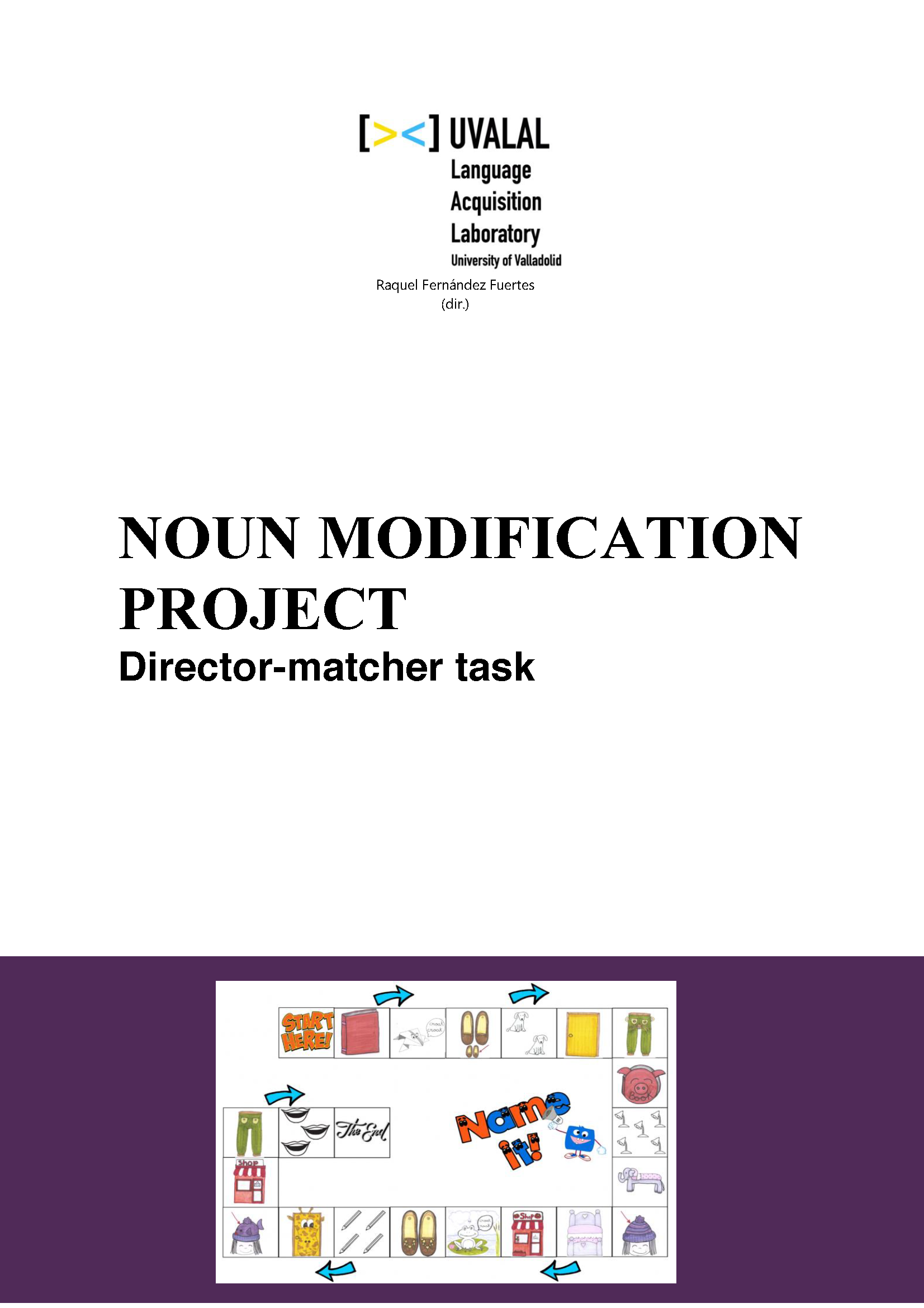
N modification (2)
- test: the director-matcher task is used to elicit oral production data by making the participant and the researcher play a board game (Schober 1995, Yule 1997, Chavez Verdezoto 2017)
- implementation: offline (oral game task); individually
- language: English
- participants
children: 84 (L1 Spanish-L2 English); 4 children and adults (2L1 English-Spanish, L1 English-L2 Spanish, L1 Spanish-L2 English, control) - objective: to analyze word-order issues within the determiner phrase involving nouns pre-modified by another noun (NN compounds) and nouns pre-modified by an adjective (Adj+N combinations); to address potential crosslinguistic influence effects in the L2 English of L1 Spanish children; and to link these effects to length of exposure and explicit instruction
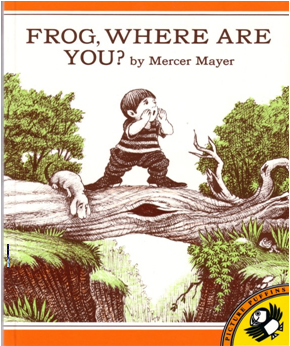
frog story (1)
- test: participants have to tell a story about what happens in the wordless pictures included in Frog, where are you? (Mayer 1969; as in Berman & Slobin 1994)
- implementation: offline
- languages: English
- participants
children: 98 (L1 Spanish-L2 English); 6 (L1 Spanish-heritage English)
adults: 28 (L1 Spanish-L2 English) - objective: analysis of different morphosyntactic issues such as the nature of sentential subjects and verbal and nominal inflection
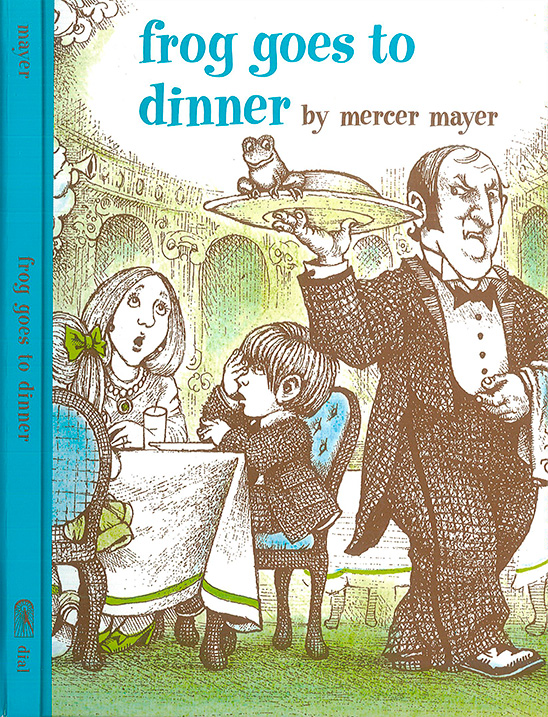
frog story (2)
- test: participants have to tell a story about what happens in the wordless pictures included in Frog goes to dinner (Mayer 1969; as in Berman & Slobin 1994)
- implementation: offline
- language: English
- participants
adults: 43 (L1 Chinese-L2 English); 10 (L1 English, control) - objective: to analyze different morphosyntactic issues such as the nature of sentential subjects and objects
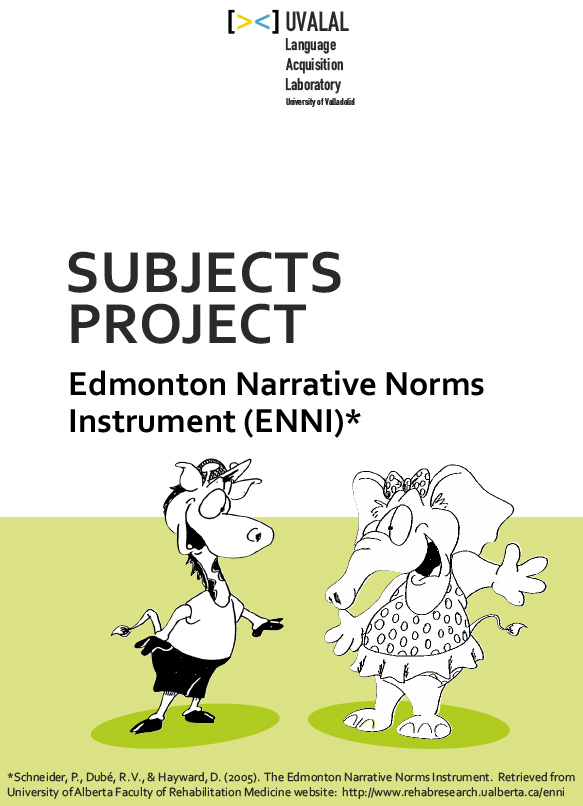
ENNI stories
- test: participants have to write a story about what happens in an adapted version of the wordless pictures included in story A1 – Ball of the ENNI (Schneider et al. 2005)
- implementation: offline
- languages: English
- participants
children: 26 (L1 Spanish-L2 English); 26 (L1 Bosnian-L2 English); 26 (L1 Danish-L2 English);
13 (L1 English, control) - objective: to address potential crosslinguistic influence effects in the L2 English of children with different L1s ([+/- null subject] languages); and to link these effects to time of instruction
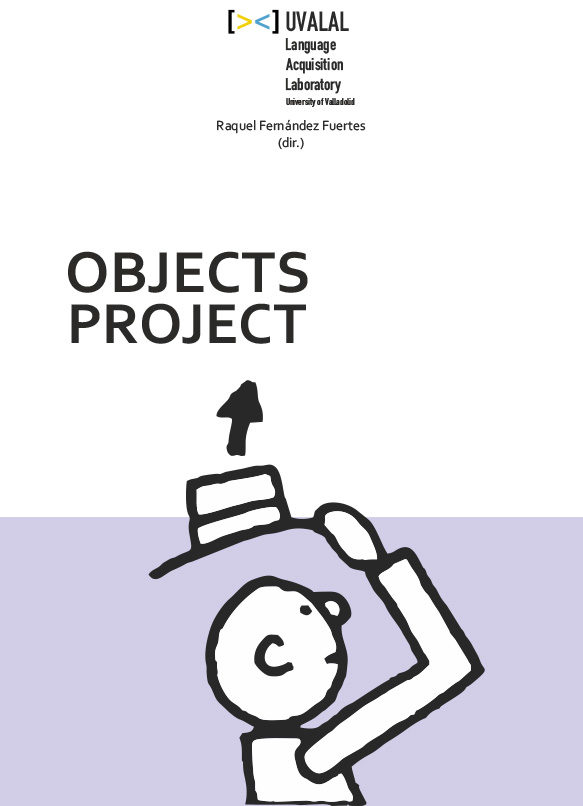
objects
- test: participants are presented with a picture and a question that they have to answer using the verb provided in the infinitive form. The experimental structures involve different types of mono-transitive verbs (i.e., pure versus mixed, simple versus phrasal) and of direct object reference (i.e., [+/- generic]):
What is he doing with the car? He _________________ (fix)
What is she doing with the toys? She _________________ (pick up)
What is she doing with the bottle? She _________________ (hold)
What is he doing? He _________________ (read) - implementation: offline and online via Gorilla Experiment Builder (www.gorilla.sc; Anwyl-Irvine et al. 2018)
- language: English
- participants
adults: 43 (L1 Chinese-L2 English); 10 (L1 English, control) - objective: to address potential crosslinguistic influence effects in the L2 English of L1 Chinese speakers, given that null objects are much less restricted in Chinese than in English; and to link these effects to verb type and to verb complexity, as well as to the participants’ L2 proficiency level
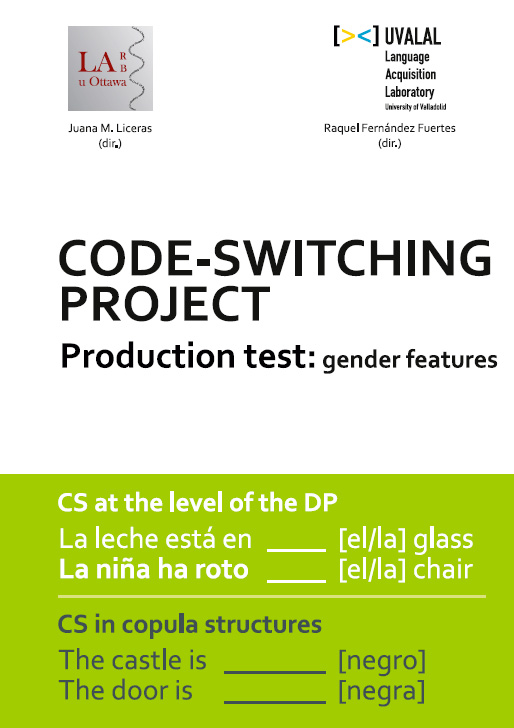
code-switching
- test: participants have to complete sentences using either a Spanish determiner or a Spanish adjective, which will result in structures involving code-switching at the level of the determiner phrase or in copula constructions, respectively:
Hay nubes en __ (el/la) sky
Ha puesto una cortina en __ (el/la) window
That book is __ (amarillo/amarilla)
That face is ___ (rojo/roja) - implementation: offline
- languages: English, Spanish
- participants
children: 19 (L1 Spanish-heritage English); 43 (L1 English-heritage Spanish);
38 (L1 Spanish-L2 English); 22 (L1 English-L2 Spanish)
adults: 7 (L1 Spanish-heritage English); 45 (L1 English-heritage Spanish);
51 (L1 Spanish-L2 English) - objective: to determine the preference for the Spanish or the English functional category in code-switched constructions as well as the gender preferences in the case of Spanish determiners and to link these preferences to the concept of language dominance and to how features are represented in the bilingual mind

natural interpreting
- test: a series of three tests in which the participants play games with two monolingual speakers and have to act as interpreters between them
- implementation: offline
- languages: English, Spanish
- participants
children: 2 (L1 Spanish-heritage English) at different ages (4;10, 5;05 and 6;03) - objective: to analyze the translation strategies used by bilingual children
